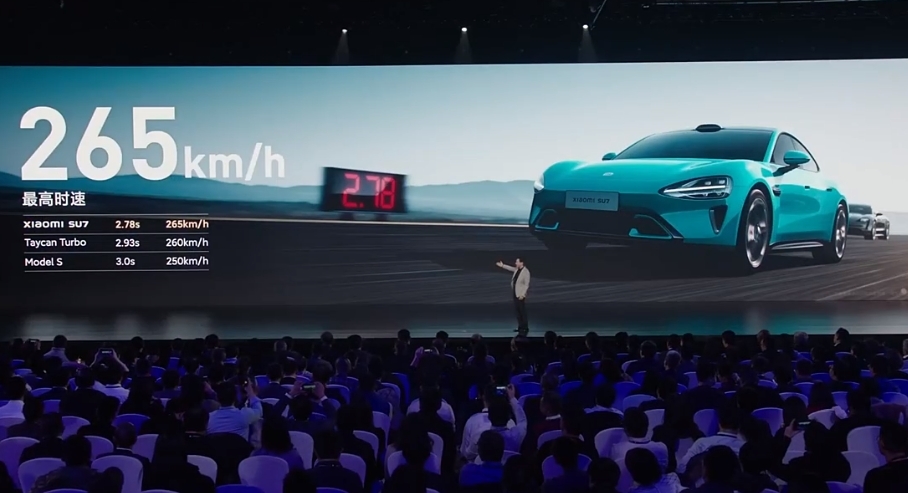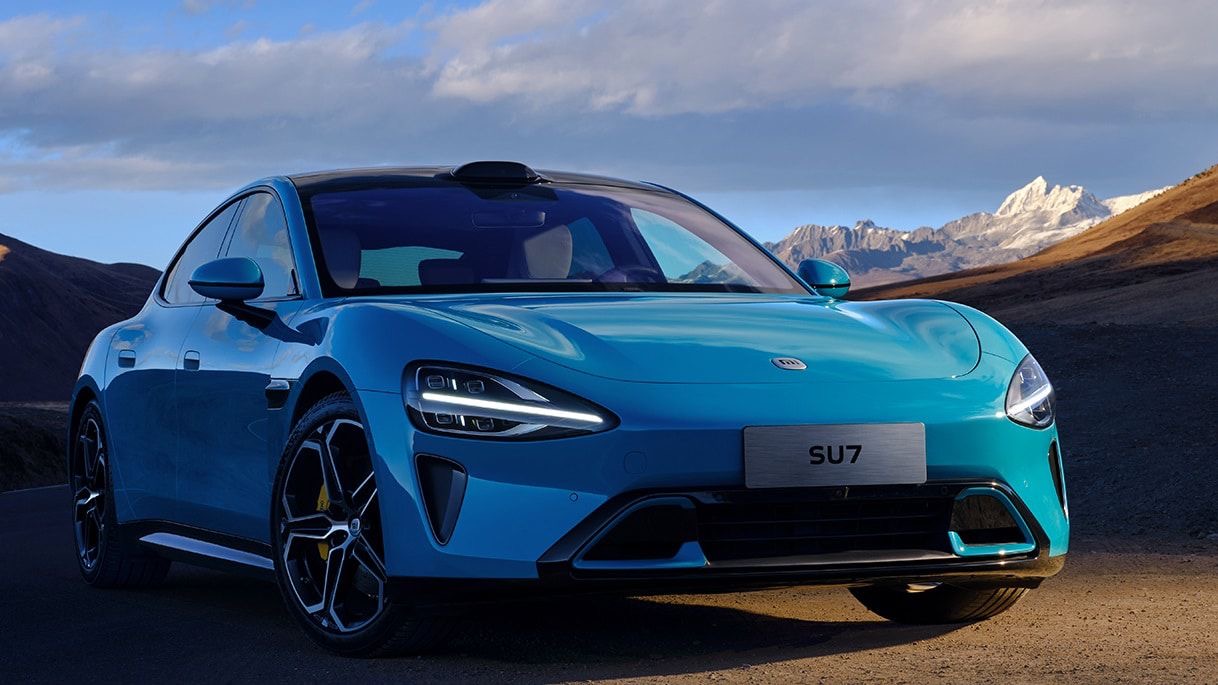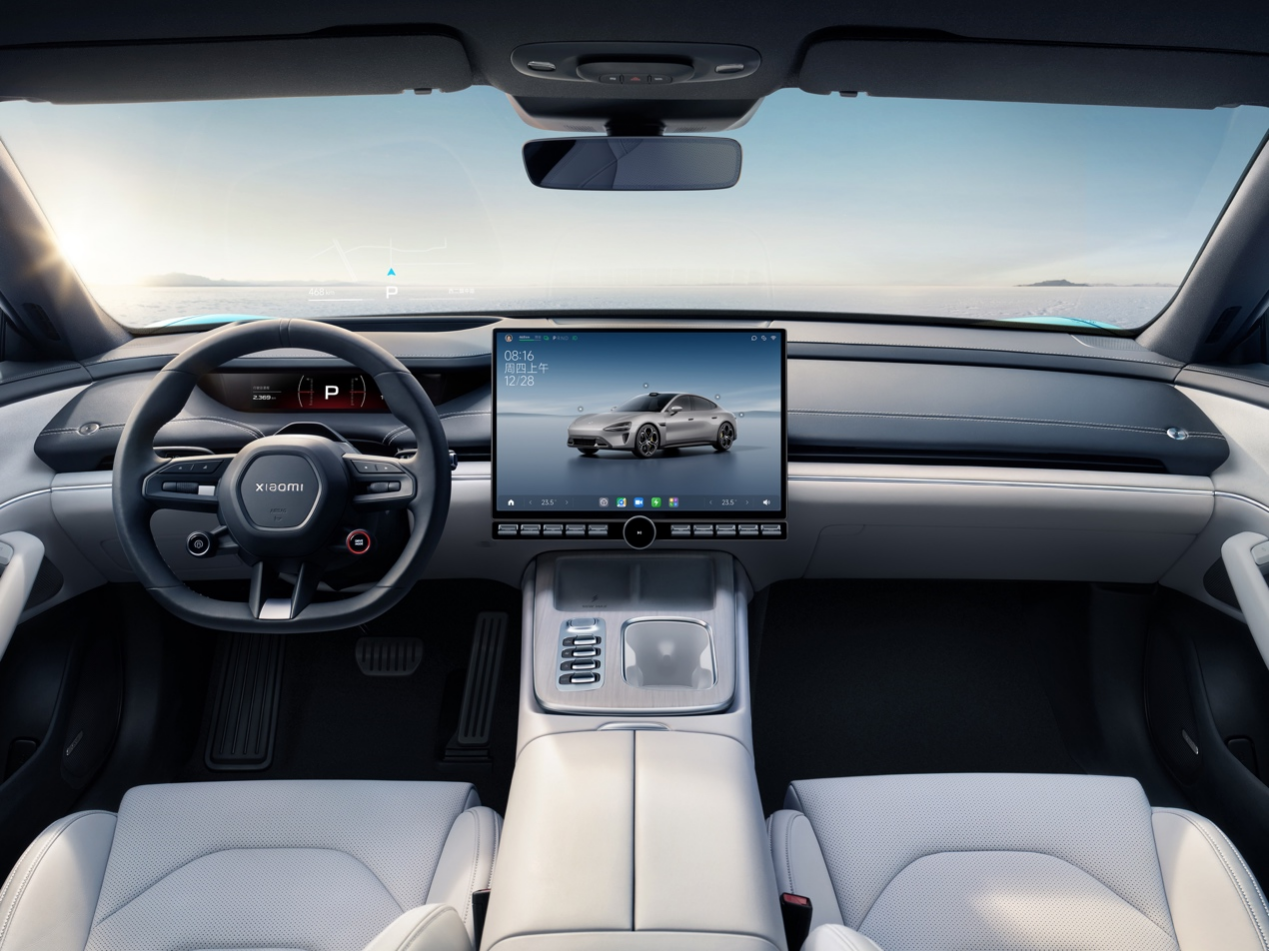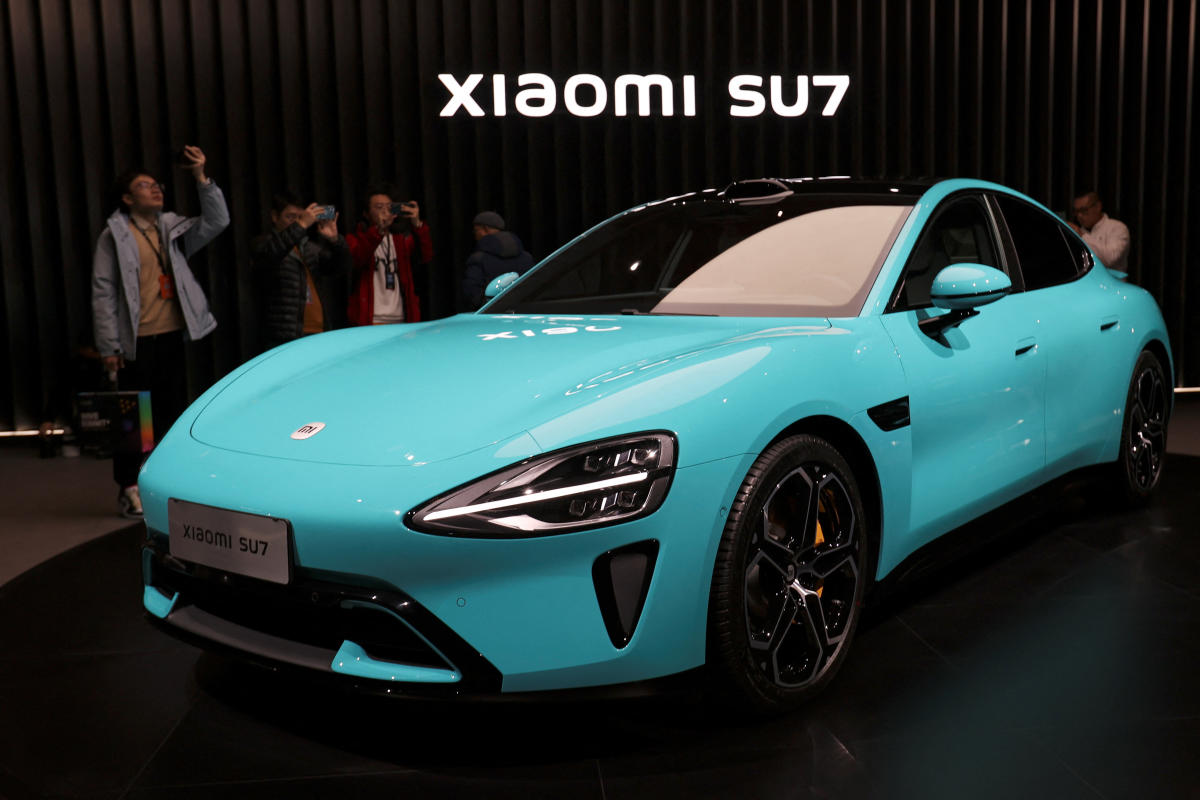The XIAOMI SU7 marks a significant leap for the tech giant as it ventures into the automotive market, combining its expertise in consumer electronics with cutting-edge automotive technology. With the increasing demand for electric vehicles (EVs) and smart connectivity, the SU7 is designed to appeal to tech-savvy consumers looking for innovation, affordability, and practicality. This analysis delves into various aspects of the XIAOMI SU7, including its market positioning, technological innovations, design features, competitive landscape, and potential impact on the automotive industry.

1. Market Positioning
XIAOMI targets young, urban consumers with the SU7, aiming to capture a demographic that values technology, connectivity, and cost-effectiveness in their vehicles. As the trend toward smart vehicles continues to grow, the SU7 positions itself as a modern SUV that integrates seamlessly with XIAOMI's ecosystem of smart home devices. This strategic positioning aims to create a unique value proposition, differentiating the SU7 from traditional automotive offerings.
2. Technological Innovations
XIAOMI's reputation for advanced technology in consumer electronics will likely translate into several key features for the SU7:
Smart Connectivity: The SUV is expected to feature XIAOMI's MIUI for cars, allowing drivers to connect their smartphones and smart home devices. This integration will facilitate functionalities like remote control of home appliances, navigation, and entertainment, enhancing user convenience.

Autonomous Driving Capabilities: The SU7 may incorporate advanced driver-assistance systems (ADAS) that include features such as adaptive cruise control, lane-keeping assist, and possibly semi-autonomous driving capabilities. These technologies are designed to enhance safety and provide a more enjoyable driving experience.
Voice Control: Leveraging its AI technology, XIAOMI is likely to implement sophisticated voice recognition features that allow drivers to control various vehicle functions hands-free, promoting safety and reducing distraction.
3. Design and User Experience
XIAOMI's design philosophy, characterized by simplicity and functionality, is expected to play a crucial role in the SU7's development:
Exterior Design: The SU7 is anticipated to feature a modern, aerodynamic exterior that appeals to consumers seeking a contemporary SUV. Design elements such as LED lighting and sleek lines will enhance its aesthetic appeal.

Interior Comfort: Inside, the SU7 will likely prioritize comfort and user-friendliness, utilizing high-quality materials and an intuitive layout. Spacious seating, customizable ambient lighting, and a cutting-edge infotainment system are expected to enhance the overall driving experience.
Sustainability: With growing consumer awareness of environmental issues, the SU7 may incorporate eco-friendly materials and sustainable manufacturing practices, showcasing XIAOMI’s commitment to sustainability.
4. Competitive Landscape
The entry of XIAOMI into the automotive market means it will face significant competition from both traditional car manufacturers and emerging electric vehicle companies:
Traditional Automakers: Established brands like Toyota, Ford, and Volkswagen have a wealth of experience and brand loyalty. XIAOMI will need to carve out its niche by offering unique features, superior technology, and competitive pricing.
Electric Vehicle Startups: Companies such as Tesla, NIO, and Xpeng have already made significant inroads into the EV market. XIAOMI will need to provide comparable technological innovation and performance to attract consumers who are drawn to these established brands.

5. Pricing Strategy
XIAOMI's reputation for delivering high-quality products at competitive prices will likely extend to the SU7. By positioning the SUV at a lower price point than many of its competitors, XIAOMI aims to attract budget-conscious consumers while still offering a robust feature set. This pricing strategy could make the SU7 an appealing option in a crowded SUV market.
Conclusion
The XIAOMI SU7 represents a bold move into the automotive sector, combining the company’s technological prowess with a clear understanding of consumer preferences. By focusing on smart connectivity, innovative features, and competitive pricing, the SU7 has the potential to attract a loyal customer base among younger, tech-savvy drivers. However, its success will depend on XIAOMI’s ability to deliver on its promises of quality and innovation while effectively navigating the competitive landscape. As the automotive industry continues to evolve, the XIAOMI SU7 stands poised to redefine the intersection of technology and mobility, potentially setting new standards for smart vehicles in the market.



